The two shades of blue: How a text message sparked a clarification in dendrochronology
Published in Agricultural & Food Science
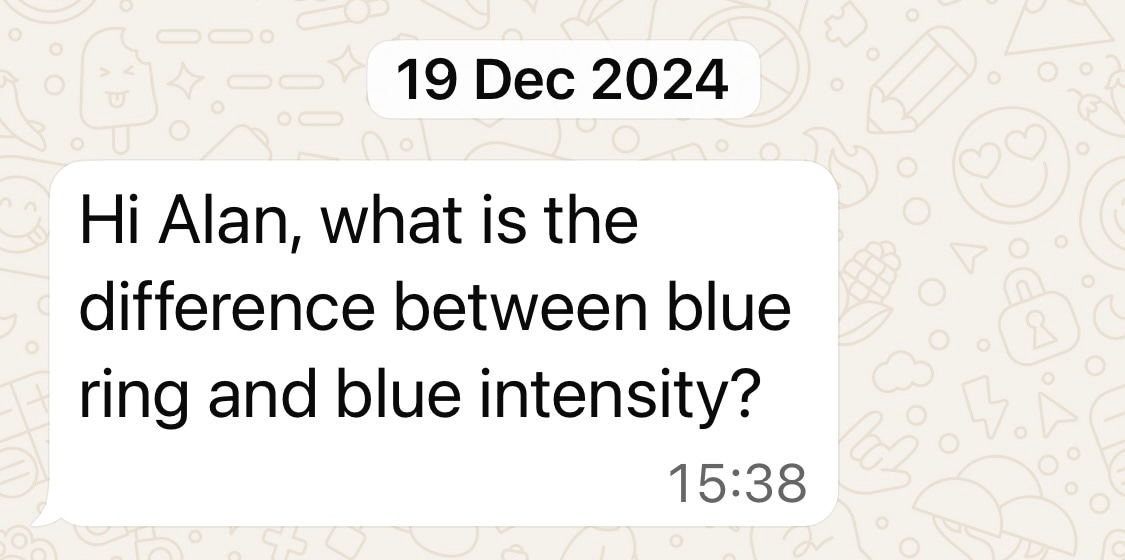
Explore the Research
 sciencedirect.com
sciencedirect.com
Just a moment...
Skip to main content
A colour that started a conversation
Scientific ideas often start with observation, and sometimes, with colour. A few years ago, we reported the first evidence of blue rings in a conifer species (Piermattei et al. 2015). These rings, visible under the microscope, showed unusually less lignified cell walls at the end of the growing season. The finding was striking, and the colour became a convenient label. Soon, “blue ring” entered the vocabulary of many colleagues working on wood formation and tree-ring proxies.
But another “blue” already existed in our field, the blue intensity method, a widely used optical proxy for wood density. The two phenomena shared a word but described entirely different things: one anatomical, the other optical. Still, the similarity in terminology began to create confusion.
When blue turned confusing
The first sign came gradually. After our paper appeared, I noticed people asking whether “blue ring” was simply a feature of “blue intensity,” or if both measured the same property in different ways.
Then, one day, a message from a Brazilian colleague arrived:
“Hi Alan, what is the difference between blue ring and blue intensity?”
That question captured the situation perfectly. The colour that had once helped communication was now blurring it. We realised the confusion was not just casual, but it could affect how studies were interpreted, cited, and compared.
From confusion to clarity
That message became the spark for a new manuscript. Together with my co-authors, we reviewed the literature, traced how both terms had evolved, and clarified their definitions and relationships. We showed that “blue ring” refers to an anatomical feature linked to cell-wall lignification, while “blue intensity” measures light reflectance as a proxy for density.
The goal was not to propose new terminology, but to help colleagues avoid misunderstanding. We drafted the manuscript with a sense of both amusement and responsibility, how a single word, used differently in two subfields, could mislead even experienced researchers.
When we submitted it, the reviewers’ responses were among the warmest I have received. They appreciated the effort to clarify language and noted that they had themselves wondered about the distinction. The paper, now published in Dendrochronologia (Permattei et al. 2025), grew from a text message into a small contribution toward clearer scientific communication.
Lessons from a simple question
Science advances through questions, not just data. Sometimes, the most useful questions are also the simplest ones, those that ask for clarity rather than novelty.
This story reminded me how fragile and important language is in research. Words shape how we see, describe, and compare phenomena. And sometimes, a single adjective can connect two worlds while confusing them.
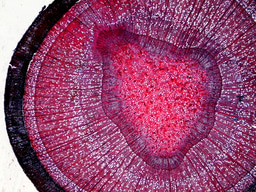
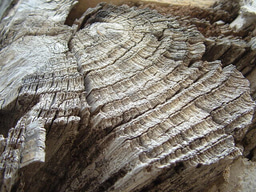
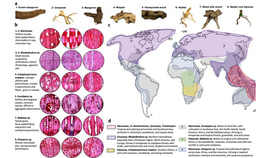
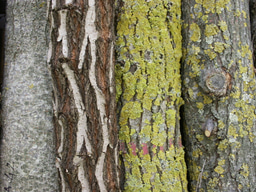
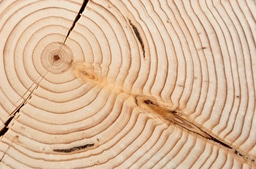
Please sign in or register for FREE
If you are a registered user on Research Communities by Springer Nature, please sign in